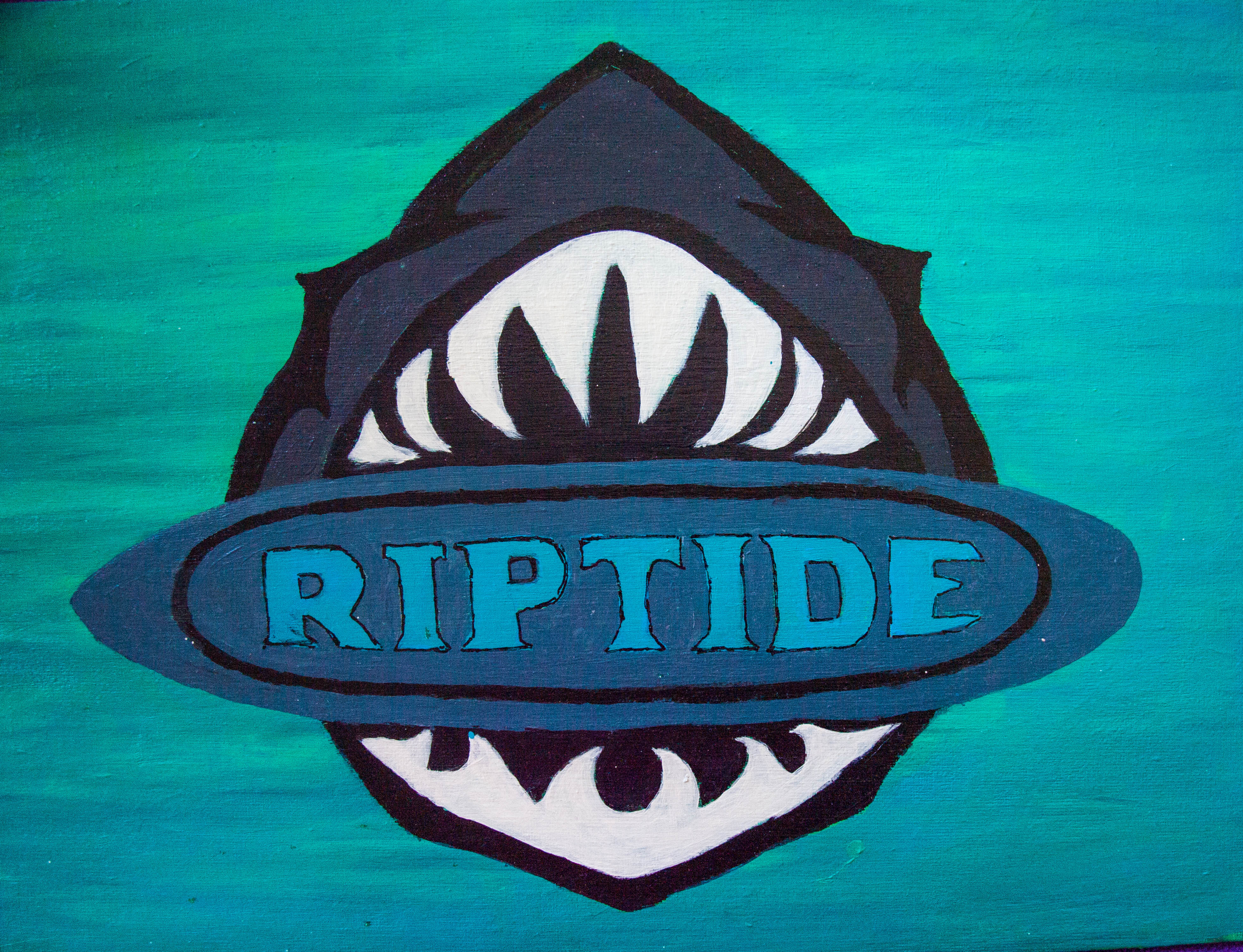Exploring the Creative Process Behind Unique Art Pieces
- Riptide

- Jun 24
- 4 min read
Every piece of art tells a story. From the brush strokes on a canvas to the chosen materials for a sculpture, every decision is part of a larger creative process. Understanding this creative journey not only deepens our appreciation for the artwork but can also inspire our own creativity. In this post, we will explore various stages of the creative process that artists undergo and share insights to help you embark on your artistic journey.
The Creative Process: An Overview
The creative process is often thought of as a series of stages: preparation, incubation, illumination, evaluation, and elaboration. This cyclical journey can vary for every artist, but each phase plays a crucial role in developing unique art pieces.
Preparation: This initial stage involves gathering inspiration and materials. Artists might sketch ideas, visit galleries, or study art history to fuel their imagination.
Incubation: After an artist gathers initial ideas, this phase often involves stepping back. This break allows the mind to subconsciously work on ideas, leading to fresh perspectives when they return to their work.
Illumination: This is the "Eureka!" moment when ideas come together. An artist might suddenly see how different elements can combine to form a coherent piece.
Evaluation: Here, artists critically assess their work. They ask themselves if the piece reflects their vision and if it resonates with their audience.
Elaboration: In this final stage, artists refine their pieces. They might add details, make adjustments, or incorporate feedback from others.
Each phase of the creative process contributes to the uniqueness of the final art piece.

Diving Deeper into the Creative Process
After understanding the broad outline of the creative process, we can delve deeper into each stage to uncover how it leads to remarkable art.
Gathering Inspiration: The Foundation
Inspiration can come from various sources, including nature, personal experiences, or even other artists. For example, renowned artist Claude Monet found inspiration in his garden, creating a series of paintings that depicted the water lilies he cherished.
To cultivate your own inspiration:
Keep a journal to document ideas.
Spend time in nature or visit local galleries.
Experiment with new mediums or techniques to spark creativity.
By actively seeking inspiration, you give your creative process a strong foundation.

Embracing the Incubation Phase
While the incubation phase might feel unproductive, it is crucial for the development of innovative ideas. During this time, artists often engage in activities unrelated to their art.
For instance, writer J.K. Rowling conceived the idea for Harry Potter during a train ride. She took time to let her ideas simmer before committing them to paper.
To embrace incubation:
Step away from your work and allow your mind to wander.
Engage in activities you enjoy, like cooking, walking, or reading.
Trust that your subconscious is still working, even if you are not actively creating.
This phase can yield surprising insights and lead to breakthroughs in your artistic journey.
The Moment of Illumination
Once ideas have marinated, artists often experience moments of clarity where everything comes together. This phase is exhilarating and can happen unexpectedly.
For example, famous artist Vincent van Gogh experienced illumination during his time in Arles, where vibrant colors and dynamic brush strokes defined his work. When ideas click, they often lead to innovative compositions that may not have been conceived in isolation.
To foster moments of illumination:
Create a stimulating environment by surrounding yourself with other creative people.
Be open to unconventional ideas and allow yourself to think outside the box.
Document your insights immediately to ensure they are not lost.
Illumination can be a thrilling experience, marking a pivotal point in the creative process.

Critical Evaluation of Your Work
The evaluation stage requires honesty and a critical eye. Some artists find this the most challenging due to the emotional investment in their work. However, it is an essential phase for growth.
Take Pablo Picasso, who constantly evaluated his art and adapted his style over the years. His willingness to assess his work led to groundbreaking movements in modern art.
To evaluate effectively:
Seek feedback from trusted peers or mentors.
Reflect on your work by considering what works and what doesn't.
Trust your instincts while remaining open to constructive criticism.
This phase may be tough, but it is necessary for improvement.
Bringing It All Together: Elaboration Phase
The elaboration phase is where the magic really happens. After evaluation, artists refine their pieces based on feedback and personal reflection. This is where you add details that enhance the overall impact of your work.
An excellent example is artist Frida Kahlo, who would meticulously add layers to her paintings, creating intricate details that reflected her experiences and emotions.
To elaborate effectively on your work:
Revisit and revise your pieces with fresh eyes. This can be after a few days away to see it with a new perspective.
Experiment with different techniques to enhance your art.
Don’t hesitate to start over if necessary—sometimes a clean slate can lead to incredible results.
Elaboration is about making your vision come to life.
Inspiration from the Creative Process
Understanding the creative process can open doors to your own artistic journey. Each artist’s path is unique, and while there may be common stages, the experiences are deeply personal.
Engaging with the various phases not only enhances your work but also encourages exploration and innovation. For more artistic insights, consider checking out riptideart for resources and inspiration.
Art is not merely about the end product; it's about the journey, the struggles, and the triumphs along the way. Embrace your creative process, and you might just uncover unique art pieces that express your deepest self. Remember, every artist is on a personal mission to tell their story; your journey could inspire others just as much.







Comments